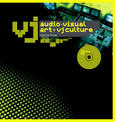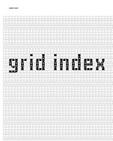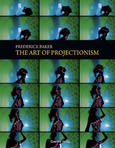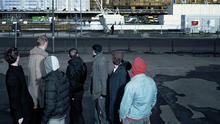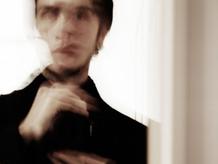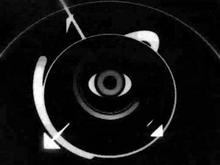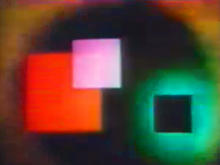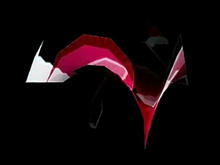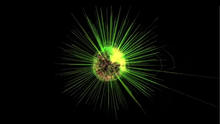The Moderat Show
(2009)is an audiovisual project of Modeselektor, Apparat and Pfadfinderei. Based on the Moderat Album (CD & DVD), the show is a live adaption of the music and the video tracks.
The voice of Apparat mixes with epic songstructures, guitar melodies and the fundamental beats of Modeselektor while the visuals build the stagescenario. They can be regarded as studies of materials. Organic structures like fabric, paper, wood or cement form the aesthetics that decelerate the spectators viewing habits.
The stage setup is based on a panoramic videoprojection that is extended by a light dramaturgy of led tubes attached to the screens and desks of the performing artists.
